Inside Donald Trump’s great American swindle
Last month Donald Trump declared his intention to create a government efficiency commission – to be run by his good friend Elon Musk – targeting welfare fraud. But if this account is even half right, the anti-fraud commission should start its righteous work a little closer to home.
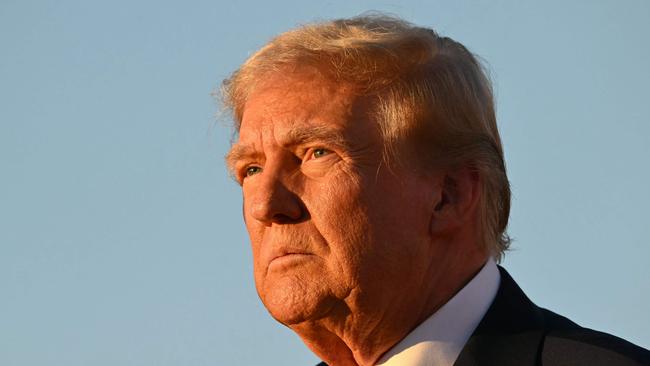
Last month Donald Trump declared his intention to create a government efficiency commission, to be run by his good friend Elon Musk, founder of Tesla and Space X and owner of the financial black hole that used to be Twitter.
According to a report in the Wall Street Journal, Trump said that “as a first order of business, this commission will develop an action plan to totally eliminate fraud and improper payments within six months”.
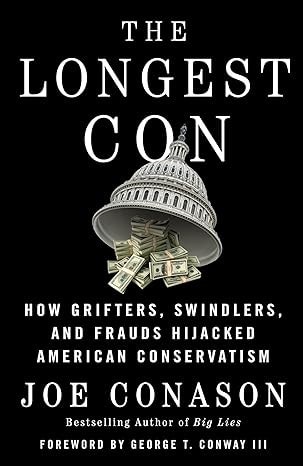
Apparently the target he had in mind was welfare fraud, but if Joe Conason’s book The Longest Con is even half right, the anti-fraud commission should probably start its righteous work a bit closer to home: in the Trump White House. According to Conason, an American journalist who has previously written books on the Clinton and George W. Bush presidencies, Trump has been defrauding the American public for decades.
The Donald J. Trump Foundation was set up in 1988 on the back of profits from his bestselling book, The Art of the Deal. Vowing to take no royalties from the ghostwritten book and promising to give “four or five million dollars” to worthy causes such as “the homeless … Vietnam veterans … AIDS”, Trump allegedly exploited its tax-free status to advance his own personal, political and financial interests. In Conason’s words, Trump’s foundation “gave more to (daughter) Ivanka’s ballet school than all the causes he had vowed to champion combined”. Between 2008 and 2016, the Washington Post could uncover only a single donation from Trump’s own pocket, for a measly $US10,000 ($15,000).
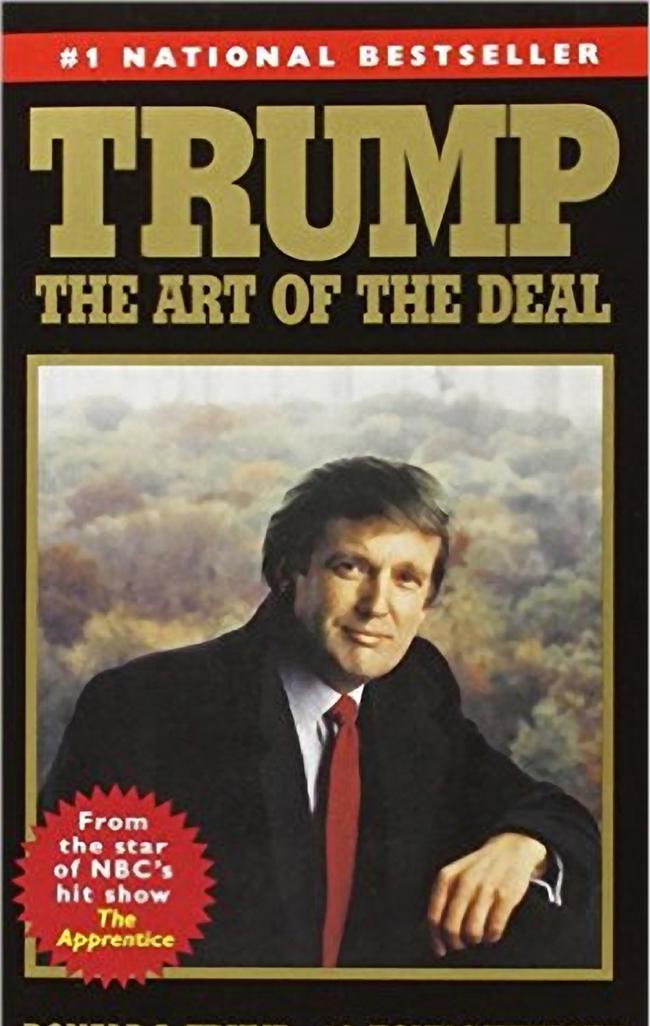
Then there was the Trump University rort, a “blatantly bootleg operation” that boasted of graduate, postgraduate and doctoral courses but “in fact had no charter and no licence to offer classes or instruction of any kind”. Students were offered the “opportunity to learn from the master” and promised the “secret recipe” for Trump’s business success; instead they became living proof of it, by being fleeced for courses in return for nothing but “scant instruction and a few how-to books” they could have found in a library. Litigation by embittered students went on for years and became an issue when Trump first ran for president, with even the conservative National Review publishing a damning investigative report under the headline: Yes, Trump University was a massive scam.
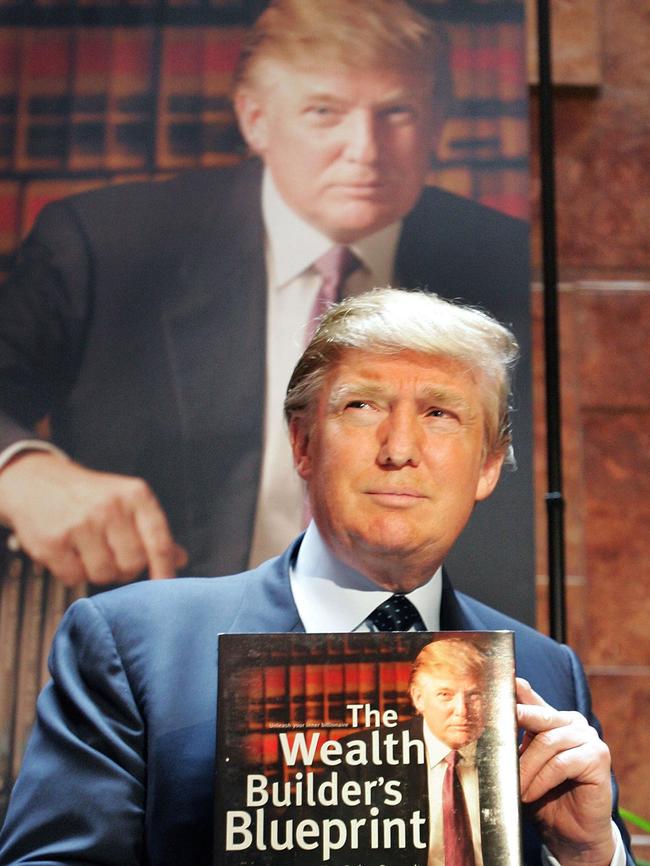
Conason’s own political sympathies are clear from the titles of this book and a couple of its predecessors — Big Lies: The Right-Wing Propaganda Machine and How it Distorts the Truth and The Hunting of the President: The Ten-Year Campaign to Destroy Bill and Hillary Clinton, both New York Times bestsellers.
Readers looking for an even-handed account of “American conservatism” should look elsewhere. It’s not American conservatives, however, who get Conason’s goat, but the shameless cabal of far-right con artists who feed off them. High on Conason’s hate list are bible bashers like the disgraced televangelists Jimmy Swaggart and Jerry Falwell, who grew rich persuading gullible conservative believers to pay tithes – often set at 10 per cent of their income – to fund their so-called ministries.
Nearly all the cons documented by Conason are variations of the same pattern, pioneered during the 1950s by McCarthyist red-baiters and perfected a decade later by supporters of Barry Goldwater and Richard Nixon. By pandering to the anti-communist, anti-gay, anti-civil rights, anti-feminist instincts of ordinary American conservatives, far-right hucksters were able to solicit millions in donations to “non-profit” organisations, almost none of which went on the political campaigns they were intended to support. Instead the money — tens of millions dollars in some cases — was siphoned off by the hucksters themselves (and sometimes their spouses), to be spent on property, cars and luxury yachts. Political mailing lists were worth more than gold.
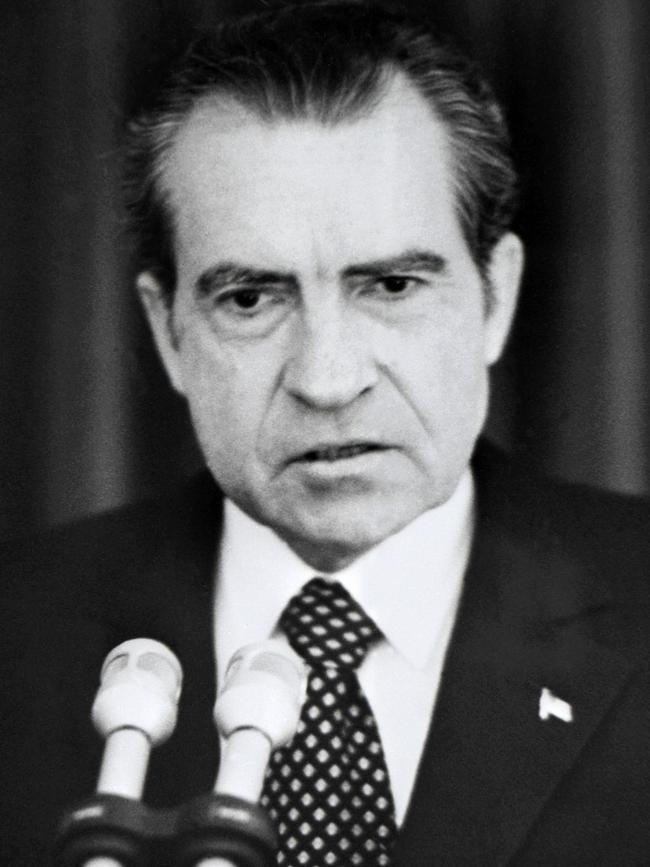
Readers might be surprised to learn that one of the most effective operators during the 1950s was an Australian named Frederick C. Schwarz, founder of the Christian Anti-Communism Crusade, who soaked millions of dollars from his flock with his predictions of a looming communist apocalypse. “The hour of their final conquest draws near,” Schwarz told an audience in Phoenix, Arizona, in 1961. “I think my prediction for world conquest for the communists for 1973 was too conservative. They are running ahead of schedule.”
The internet and social media made the fundraising process faster and cheaper, waiting to be exploited by the likes of Steve Bannon, who plundered the “non-profit” he founded with the promise of “building the wall” and had to be saved from near-certain jail time by a pardon granted in the dying hours of the Trump administration.
As one might expect of a book aimed at the general reader, The Longest Con is not footnoted, although a list of sources (mostly newspaper and magazine articles) is provided for each chapter. Conason brings to this borrowed material his own racy prose and an unabashed polemical purpose.
The greed and mendacity of individuals such as Donald Trump’s mentor Roy Cohn; disgraced President Richard Nixon; Falwell and the Orange Jesus himself have been thoroughly documented before.
What Conason has done is show us the rapacious political culture that produced, nurtured and protected them. “With or without Trump,” he writes, “the American right rewards political swindlers who possess a knack for exploitation and a lack of any hobbling conscience, while rejecting anyone who insists on facts and truth.”
Conason is not neutral, and does not pretend to be, but some readers will be put off by the insulting labels — “rubes”, “suckers”, “boobish believers” — he pins on ordinary Americans hoodwinked by his repellent cast of frauds and grifters.
His scorn for the “credulous chumps" on the wrong side of the political spectrum carries echoes of the “basket of deplorables” comment that helped lose Hillary Clinton an election she should have won comfortably. He’s much more impressive when he stops mocking the hapless victims and sticks it to the villains who got rich by preying on them.
Tom Gilling’s last book was The Diggers of Kapyong.


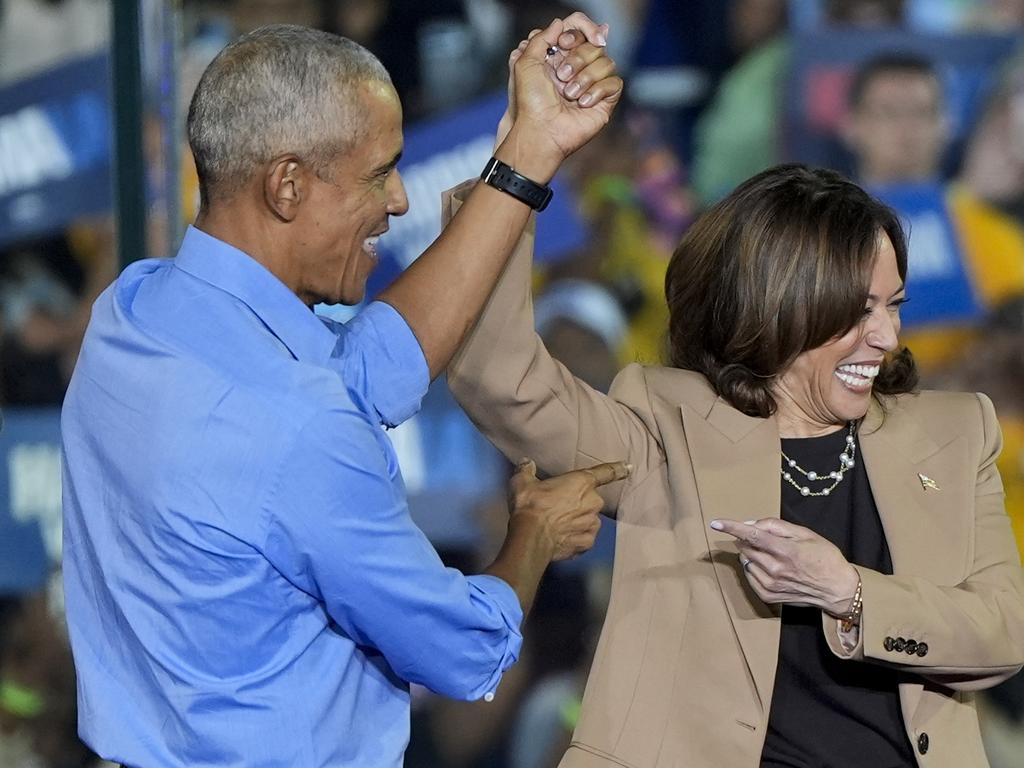

To join the conversation, please log in. Don't have an account? Register
Join the conversation, you are commenting as Logout